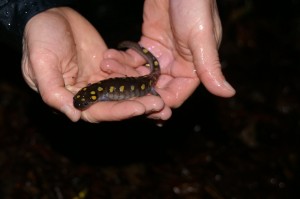Terrapin Week: Developing a Northeast Regional Conservation Strategy for Terrapins
This story marks the second of five blog stories spotlighting New Jersey’s Diamondback Terrapin – and educating people on the research and efforts being done to protect these fascinating reptiles!
Part 1, Monday, was an introduction into the world of the Diamondback Terrapin. Part 2, today’s blog post, will feature CWF’s research efforts to protect the terrapins. Part 3, on Wednesday, will look at great places to view these beautiful turtles . Part 4, Thursday, will highlight some important ways you can help protect the Diamondback Terrapins. Part 5, Friday, will showcase some other important regional research being done by our partners.
by Stephanie Egger, CWF Wildlife Biologist
I am pleased to announce CWF was awarded a grant from the Regional Conservation Needs Program* for the development of a conservation strategy (strategy) that focuses on the conservation, management, and protection of terrapins from Massachusetts to Virginia.

For the next two years, we will be working with over 30 partners, many of whom are part of the Mid-Atlantic and Northeast regions of the Diamondback Terrapin Working Group (DTWG), assembling data and developing a strategy with the help of their years of expertise working with terrapins.
The overarching goal of the strategy is to help achieve long-term sustainability of terrapins by identifying the species current and historical populations and its habitat (known and unknown occupancy); characterizing and ranking threats; prioritizing focal areas for regional and individual state management; identifying data gaps; and reviewing the regulatory status in each state. The strategy will describe a strategic initiative for implementation of conservation actions across eight states and identify focal areas for conservation. The results of the strategy could be used to solicit additional funding for implementation for more regionally significant areas for terrapins in the future.
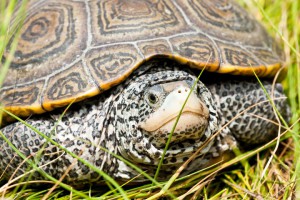
We’ve hit the ground running for this project and will convene the partners in meetings later this year at the College of William & Mary in Virginia and Cape Cod, Massachusetts as well as visit states for more local terrapin meetings.
More information on this project can be found on the Northeast Regional Conservation Needs (RCN) Grant Program site.
*“The Northern Diamondback Terrapin (Malaclemys terrapin terrapin) in the Northeastern United States: A Regional Conservation Strategy” is supported by State Wildlife Grant funding awarded through the RCN Program. The RCN Program joins thirteen northeast states, the District of Columbia, and the U.S. Fish and Wildlife Service in a partnership to address landscape-scale, regional wildlife conservation issues. Progress on these regional issues is achieved through combining resources, leveraging funds, and prioritizing conservation actions identified in the State Wildlife Action Plans. See RCNGrants.org for more information.
Stephanie Egger is a Wildlife Biologist for Conserve Wildlife Foundation of NJ and Co-Chair of the Mid-Atlantic region of the Diamondback Terrapin Working Group
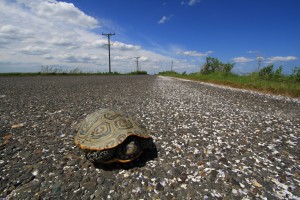
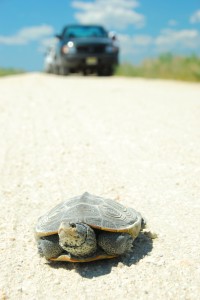
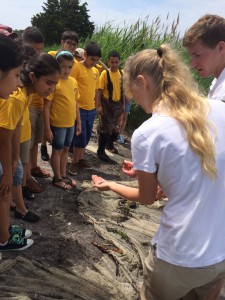
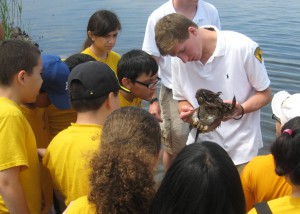
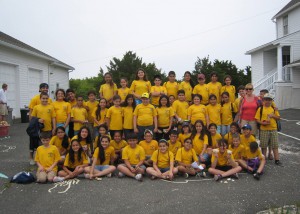
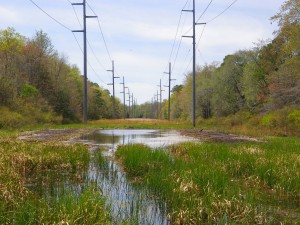
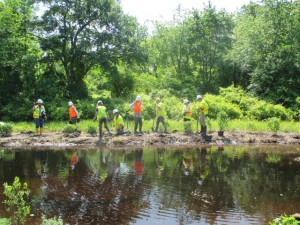
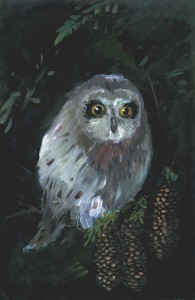

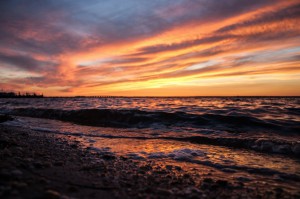
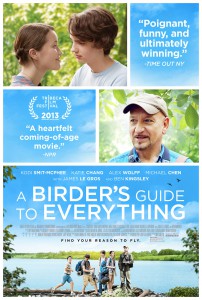 “Absolutely anyone can be a birder.” says Ben Kingsley in the new movie,
“Absolutely anyone can be a birder.” says Ben Kingsley in the new movie, 